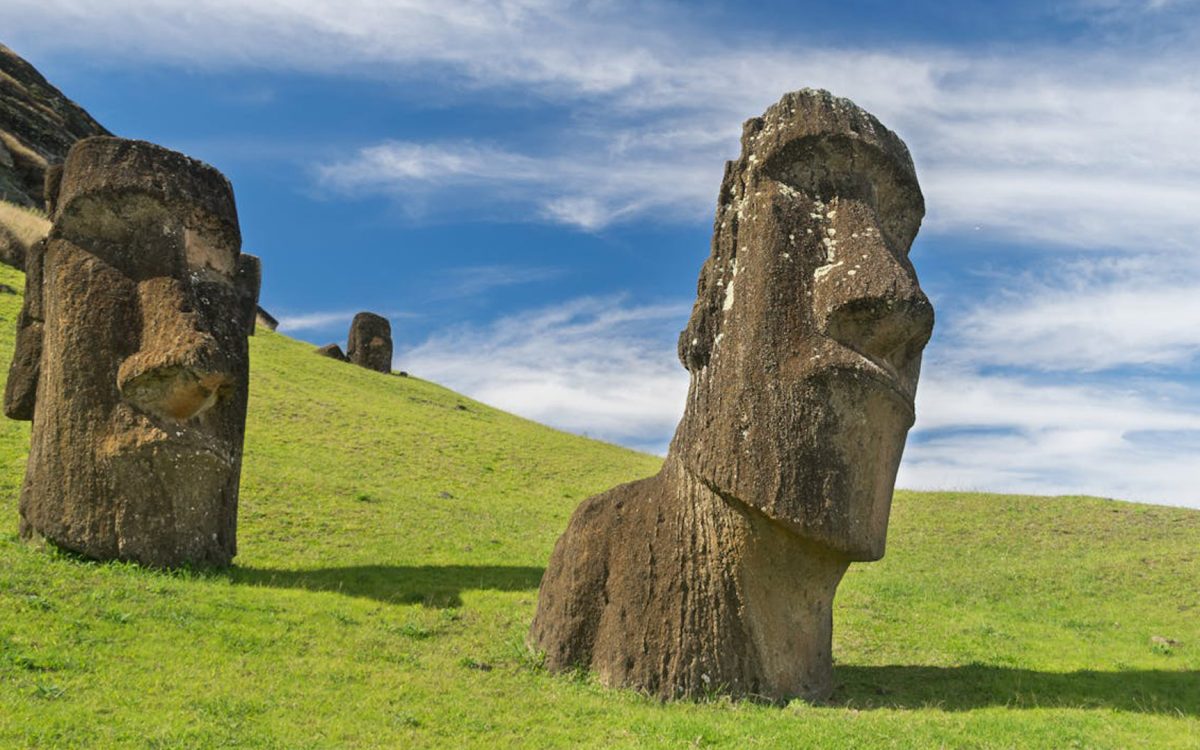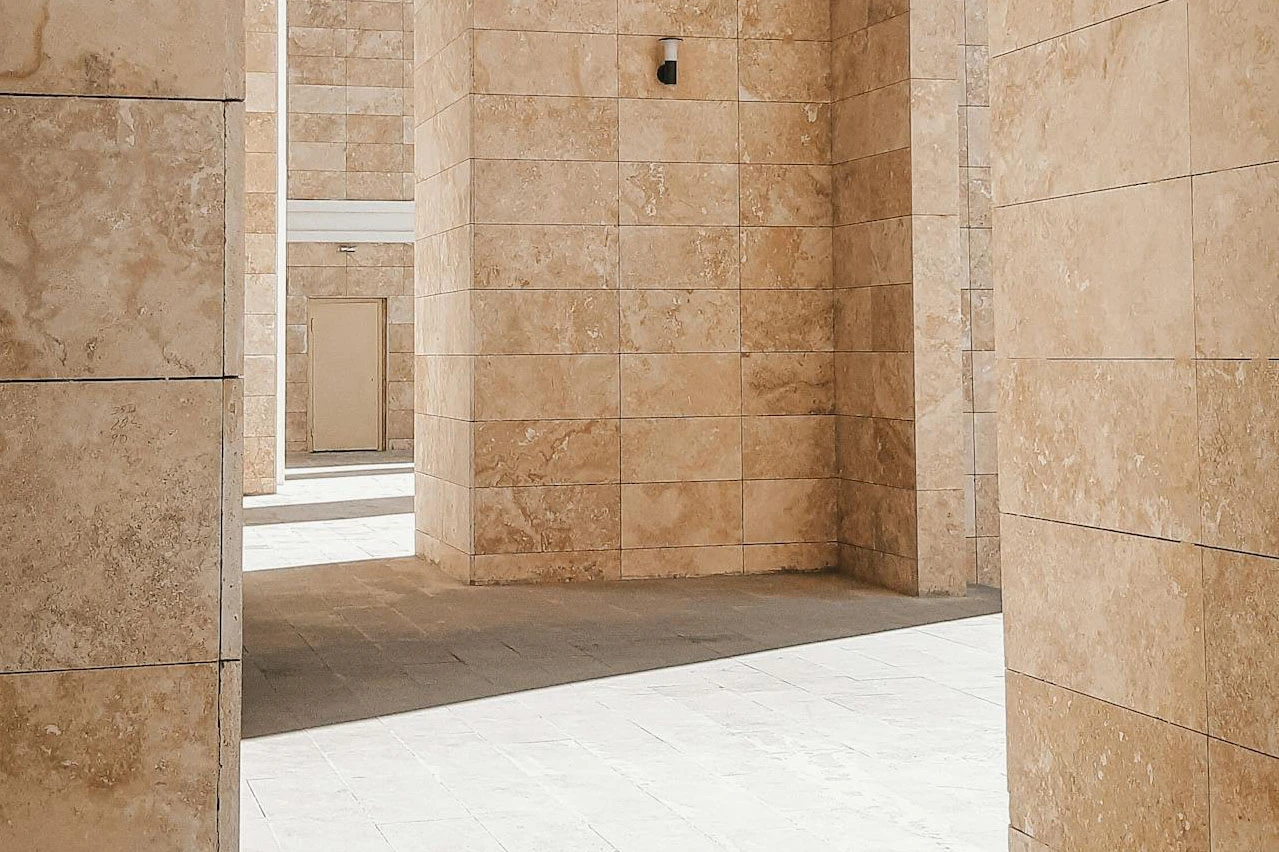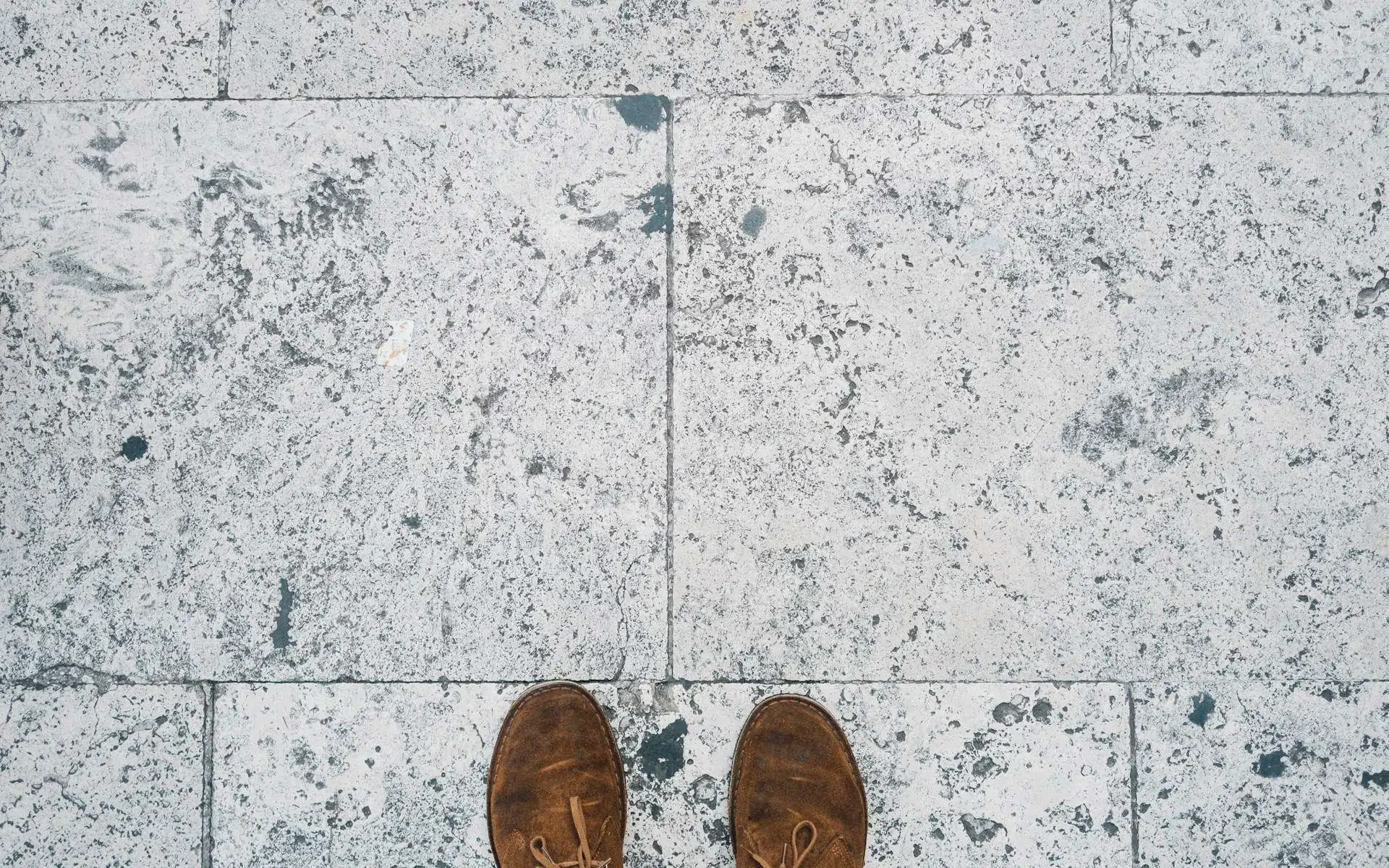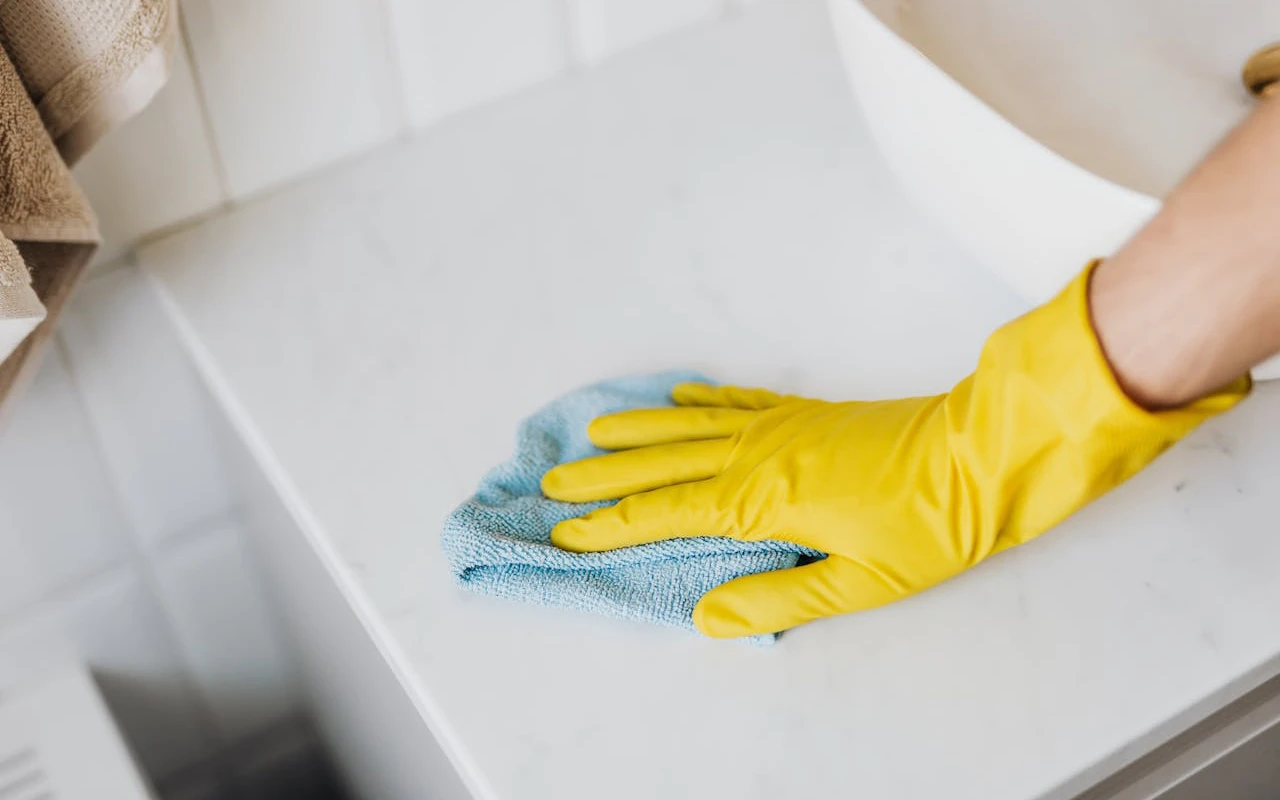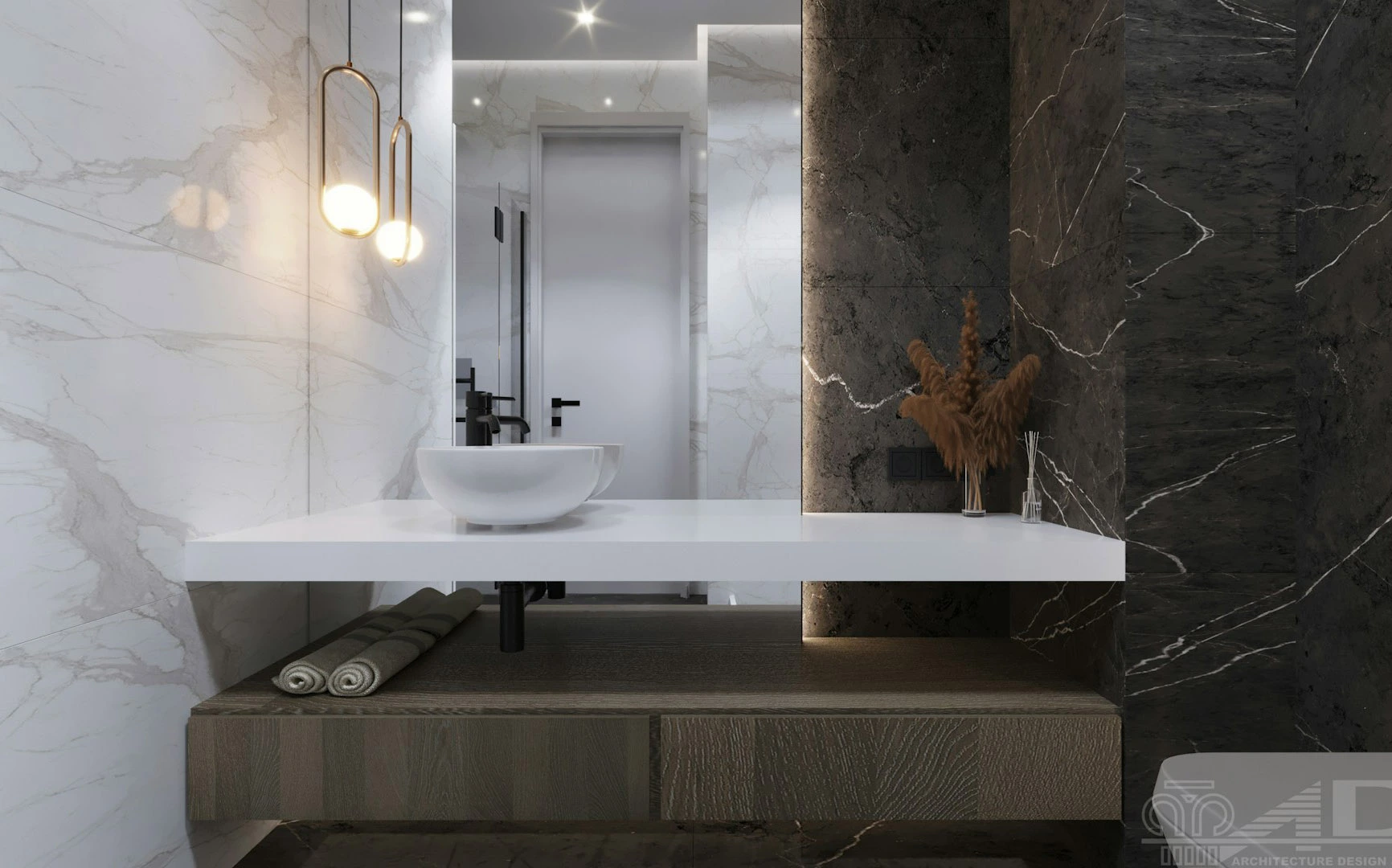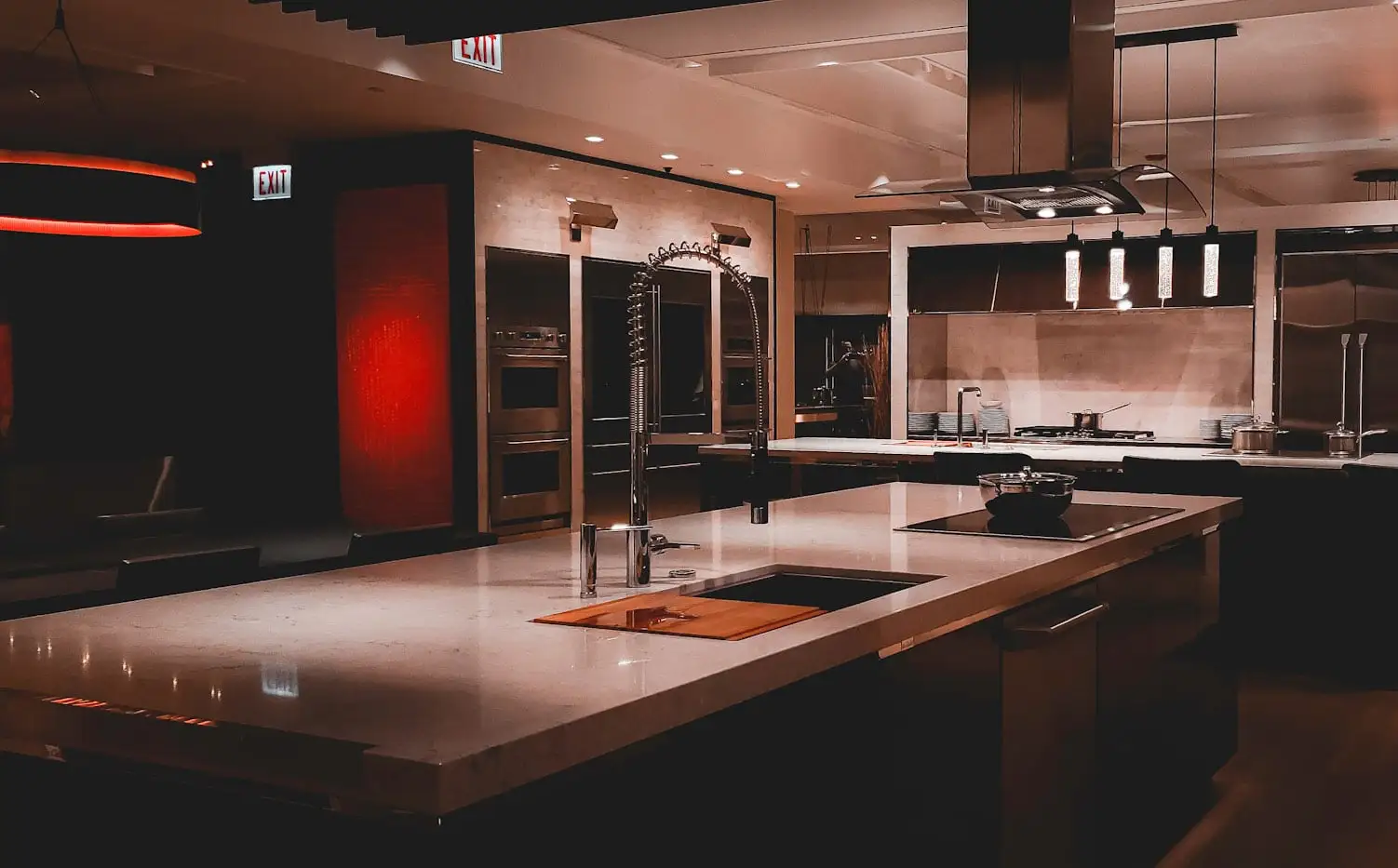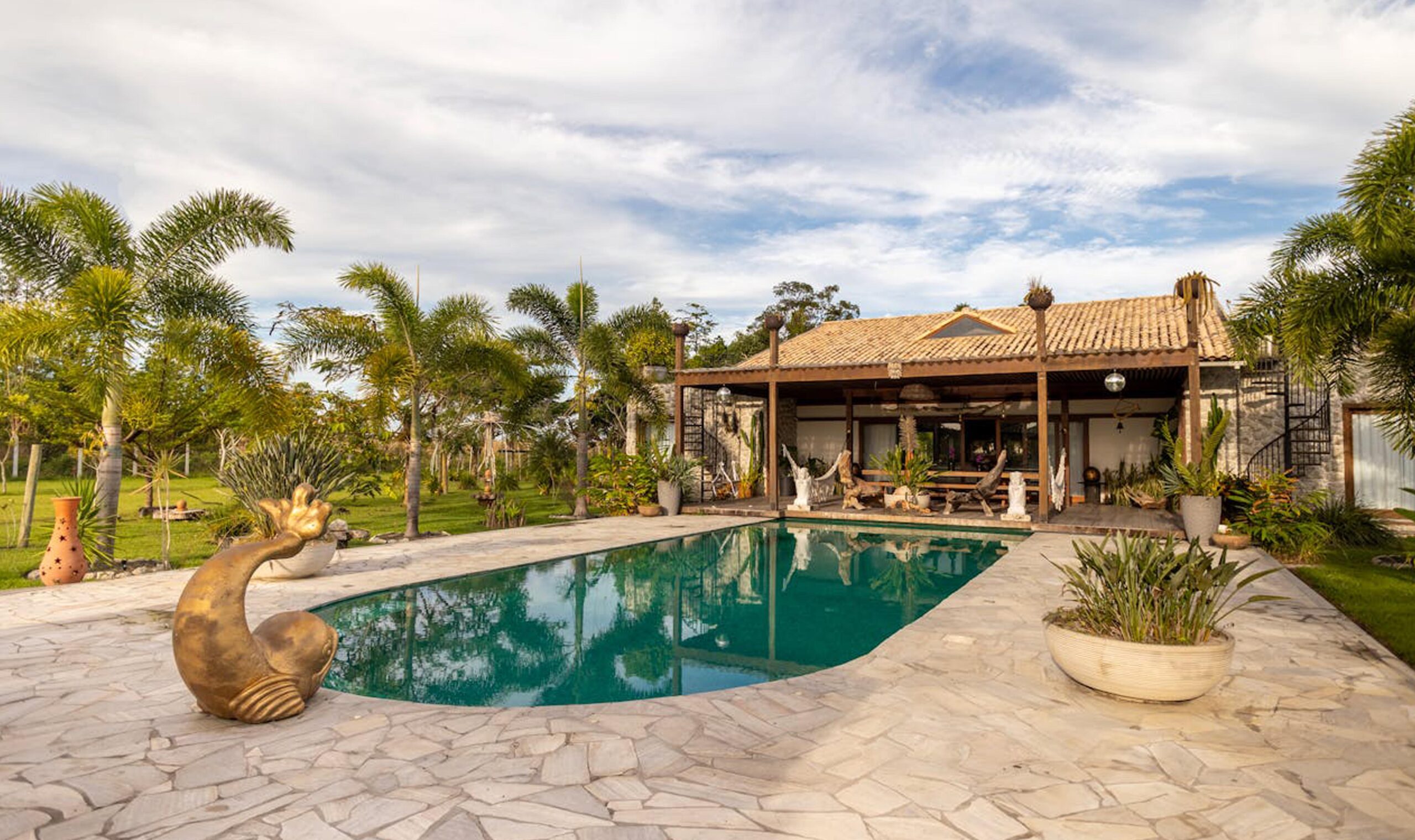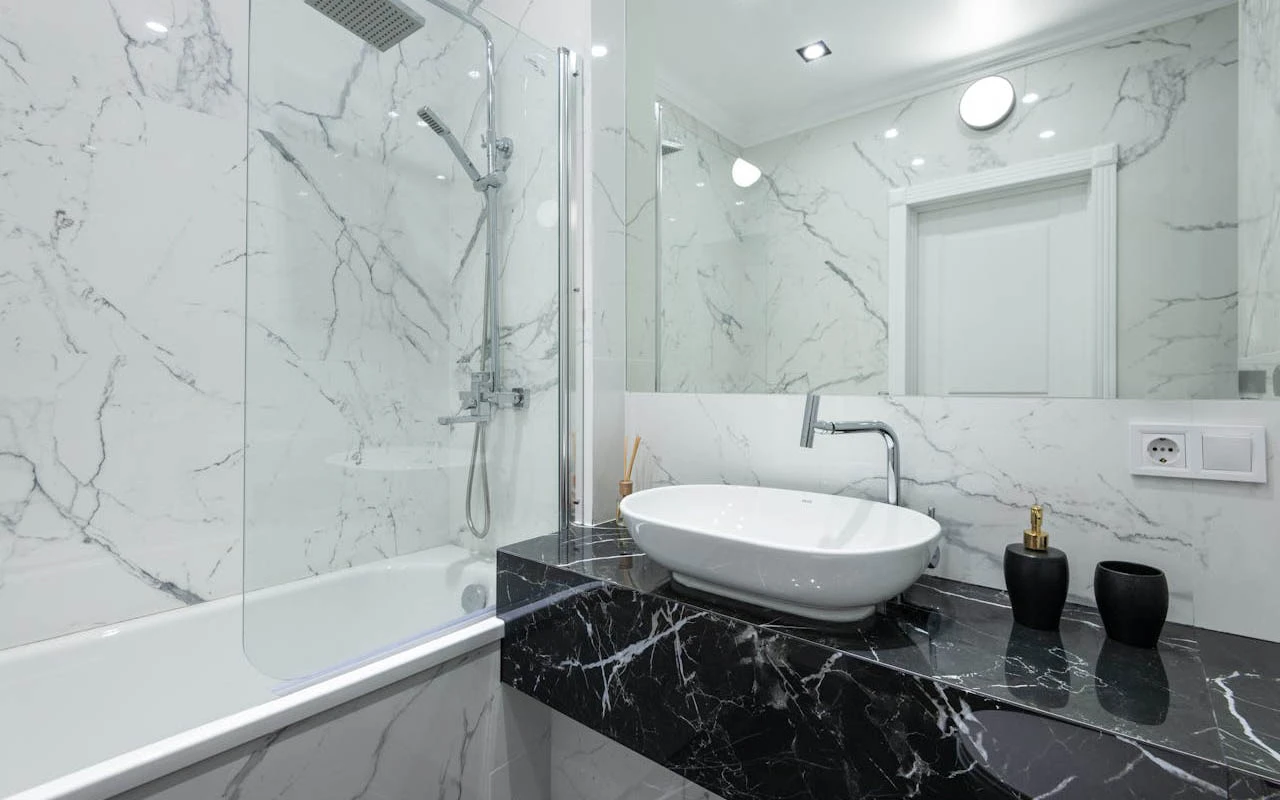In the vast expanse of the Pacific Ocean lies Rapa Nui, or Easter Island, one of the most remote inhabited islands on Earth. This isolated speck of land, a territory of Chile, is home to one of humanity’s greatest archaeological enigmas—the Moai. These massive stone statues, carved from volcanic rock, stand as silent sentinels of a lost civilization, embodying the artistry, ingenuity, and spirituality of the Rapa Nui people.
For centuries, the Moai have captivated explorers, scholars, and travelers. Who built them, how were they transported, and what purpose did they serve? These questions have fueled debate and research, yet the Moai remain as much a mystery as they are a marvel.
The Moai: Monuments of Reverence
The Moai are colossal stone statues, some standing over 10 meters (33 feet) tall and weighing up to 75 tons. Carved between 1250 and 1500 CE, these figures represent deified ancestors and leaders of the Rapa Nui people. Their elongated heads, prominent brows, and enigmatic gazes evoke a sense of timelessness, while their sheer size speaks to the ambition and skill of their creators.
Most of the statues were carved from tuff, a soft volcanic rock found in the island’s quarry at Rano Raraku. The distinctive hats or topknots, known as pukao, were made from red scoria, a harder volcanic material sourced from a separate quarry. These striking additions may symbolize a headdress or ceremonial adornment, adding an extra layer of cultural significance to the statues.
Construction and Transportation: Feats of Human Ingenuity
One of the most enduring mysteries surrounding the Moai is how these colossal statues were transported across the island. Rapa Nui is rugged and treeless, with few natural resources to aid in such an ambitious undertaking. Yet nearly 900 statues were carved and moved, many positioned on ceremonial platforms called ahu.
Archaeologists believe the Rapa Nui people used a combination of ropes, sledges, and manpower to transport the Moai. Recent experiments suggest that the statues may have been “walked” upright to their destinations using a rocking motion and coordinated teamwork. This method, requiring extraordinary planning and communal effort, aligns with the oral traditions of the Rapa Nui people.
The construction and transportation of the Moai were not merely technical feats but spiritual endeavors. Each statue embodied the spirit of an ancestor, believed to watch over the island and protect its inhabitants. The process of carving, moving, and erecting a Moai was an act of devotion, uniting the community in purpose and belief.
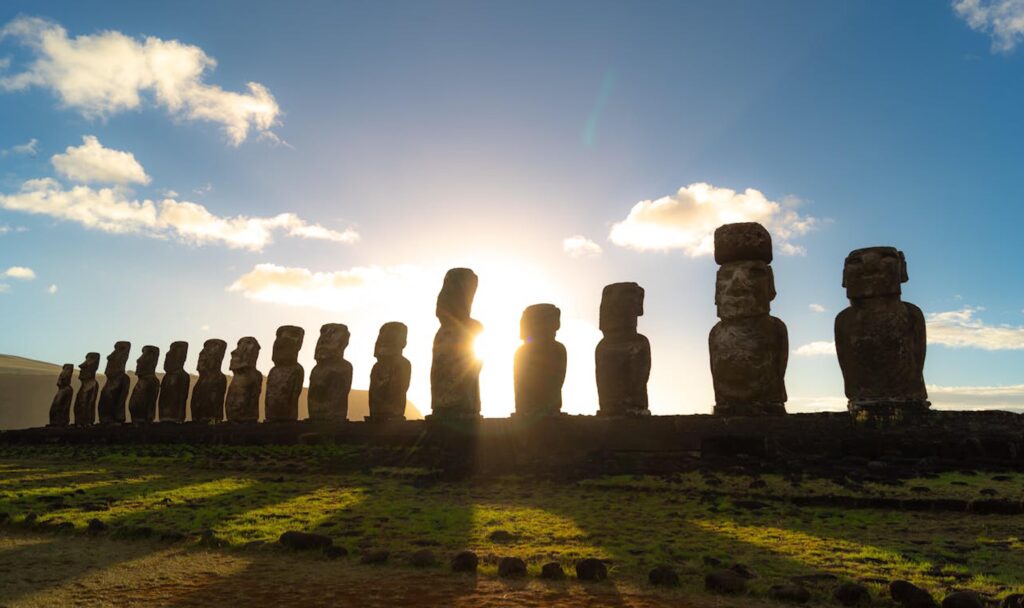
The Fall of the Moai: Environmental Collapse and Cultural Change
By the 17th century, the society that created the Moai had undergone dramatic changes. The once-thriving Rapa Nui civilization faced environmental degradation, resource depletion, and internal conflict. Deforestation, caused in part by the overharvesting of palm trees for construction and transportation, left the island barren and unable to support its population.
The Moai, once revered as guardians, became casualties of this upheaval. Many statues were toppled, possibly during intertribal wars or as symbols of rebellion against the traditional ruling class. By the time European explorers arrived in the 18th century, the Moai were no longer being constructed, and the island’s population had dwindled to a fraction of its former size.
Rediscovery and Preservation: A Global Effort
The Moai’s rediscovery by European explorers in 1722 marked the beginning of their global fascination. Early accounts described the statues as relics of a forgotten civilization, sparking theories about their origins that ranged from Polynesian seafarers to extraterrestrial visitors.
Modern research, however, confirms that the Moai were the work of the Rapa Nui people, whose Polynesian ancestors settled the island around 1200 CE. Their culture, though isolated, was deeply connected to the broader Polynesian world, sharing linguistic, artistic, and navigational traditions.
Today, preserving the Moai and their cultural context is a global effort. The Rapa Nui National Park, a UNESCO World Heritage Site, protects many of the statues and the island’s archaeological heritage. Conservation initiatives focus on preventing erosion, restoring toppled statues, and documenting the island’s rich oral traditions.
Cultural Significance: Guardians of the Past and Future
The Moai are more than stone statues; they are embodiments of Rapa Nui identity and resilience. For the Rapa Nui people, these ancestral figures serve as bridges between the past and the present, connecting them to their history, land, and spiritual beliefs.
The concept of mana, a Polynesian term for spiritual power, is central to understanding the Moai’s cultural significance. The statues were believed to channel the mana of the ancestors they represented, offering protection and prosperity to the community. This spiritual connection remains a source of pride and reverence for the Rapa Nui people, who continue to honor their heritage through storytelling, ceremonies, and traditional arts.
Contemporary Challenges: Balancing Tourism and Heritage
Easter Island’s Moai attract thousands of visitors annually, providing economic opportunities but also posing challenges to preservation. The delicate balance between promoting tourism and protecting cultural heritage is a pressing concern for the Rapa Nui community.
Overtourism, coupled with environmental pressures such as rising sea levels and erosion, threatens the island’s fragile ecosystems and archaeological sites. Efforts to address these challenges include limiting tourist access to certain areas, implementing sustainable tourism practices, and involving the Rapa Nui people in decision-making processes.
The Mystery Lives On
Despite centuries of research, the Moai retain an air of mystery. Why were some statues left unfinished in the quarry? What do the subtle variations in their design signify? And what lessons can we learn from the rise and fall of the society that created them?
These unanswered questions are part of the Moai’s enduring allure. They remind us that history is not a closed book but a living narrative, shaped by discovery, interpretation, and imagination.
Conclusion: Faces of Resilience
The Moai of Rapa Nui stand as enduring symbols of human creativity, resilience, and the quest for meaning. Carved from volcanic rock and imbued with spiritual power, these statues are more than relics of the past—they are guardians of a culture that continues to inspire the world.
As we reflect on the legacy of the Moai, we are reminded of the delicate relationship between humanity and the environment, the power of collective effort, and the enduring importance of preserving our shared heritage. The faces of Rapa Nui look to the horizon, a timeless reminder of the interconnectedness of all people and the stories etched into the stones of our world.

